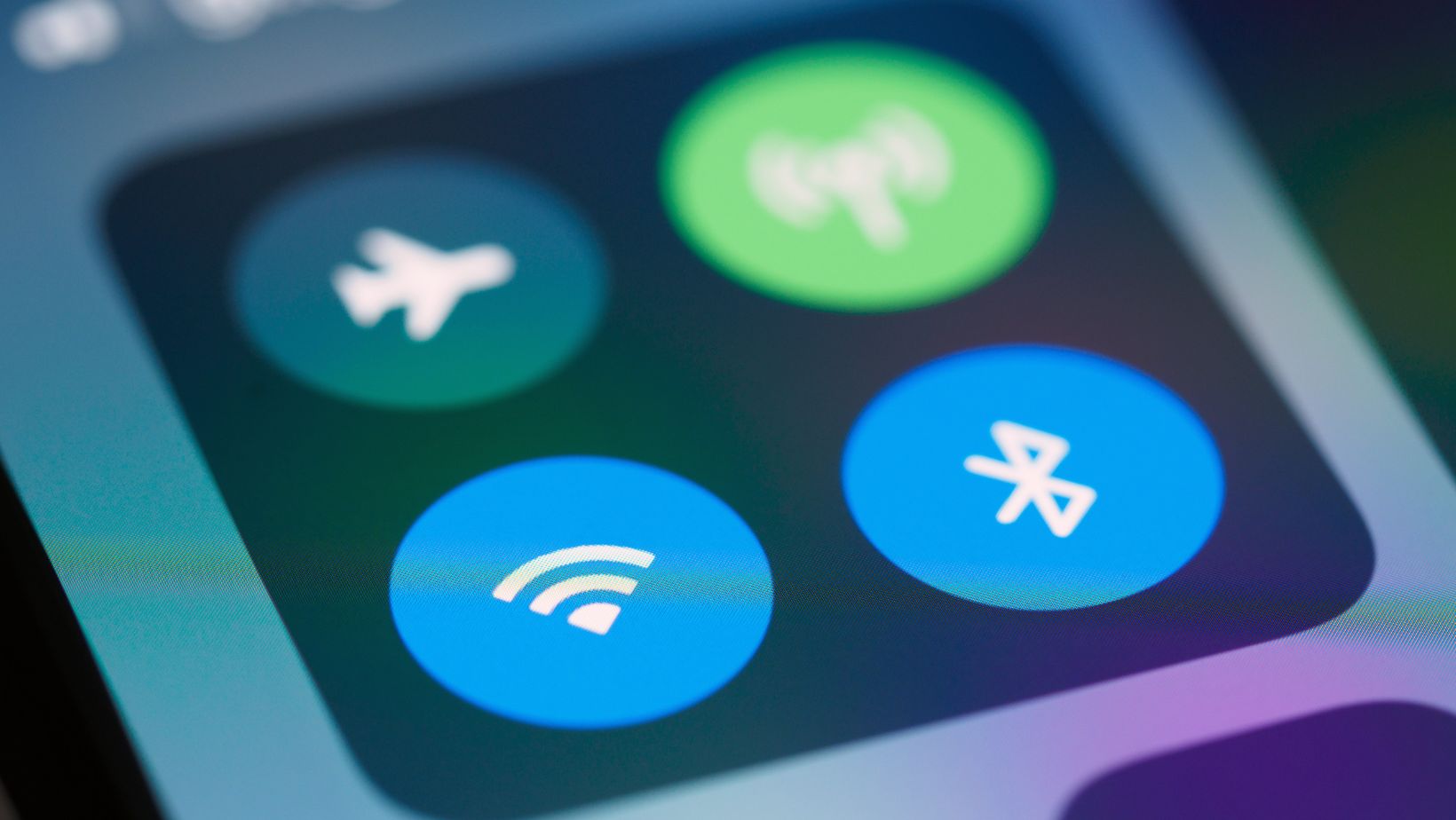Cables clutter desks and pockets, yet devices still have to swap information. In 1998 a group of engineers, backed by companies that usually competed, agreed on one low-power radio standard. They named it after a medieval Scandinavian king famous for uniting tribes — an inside joke that stuck. Today tens of billions of gadgets carry the rune-shaped logo, from fitness bands to barcode scanners, proving that small, slow data can be more useful than blazing speed.
A Quick Morning Scene
Picture a commuter on the train: earbuds hum, a smartwatch tracks pulse, and the phone streams a podcast while a casual game of crazy coin flip slot fills the gap between stations. None of these links touch Wi-Fi or cellular towers; they whisper over Bluetooth, hopping through the 2.4-gigahertz band so briefly that nearby networks barely notice. Convenience feels seamless, yet the protocol juggles dozens of invisible tasks to keep audio in sync and batteries alive.
Radio Basics in Plain Language
Bluetooth radios share spectrum with baby monitors and microwave ovens. To dodge interference, every connection jumps frequencies up to 1,600 times per second. Each hop lasts fractions of a millisecond, too quick for most household noise to collide. Because the signal travels in tiny bursts, power requirements stay low — often below a single LED flashlight — and range tops out around ten meters for standard devices, enough for a living room or crowded office cubicle.
The Pairing Dance
Before two gadgets chat, they exchange digital handshakes called “pairing.” One device becomes the advertiser, broadcasting a short ID. The other scans, recognizes, and requests a link key. Modern phones display a six-digit code; older headsets relied on “0000” or “1234.”

Once both sides store the same key, future reconnections skip the ceremony and hook up in seconds. Users see a simple pop-up, but underneath, cryptographic math secures every accepted digit.
Profiles: The Language After Connection
Bluetooth alone is only a pipe; real functionality lives in specialized profiles:
- A2DP streams stereo audio for music, podcasts, and calls.
- HID turns keyboards, mice, and gamepads into wireless controllers.
- GATT lets smart sensors send bite-size data like heart rate or room temperature.
- PAN shares an internet connection between phone and laptop without Wi-Fi.
A single phone can juggle multiple profiles simultaneously, though bandwidth splits among them like slices of the same pie.
Power, Range, and Version Numbers
Classic Bluetooth targets headphones and car dashboards, sipping roughly one hundred milliwatts. Bluetooth Low Energy (BLE) trims that to a few milliwatts by sending bursts instead of continuous streams, perfect for trackers that ping once a minute. Each new version — 4.0, 5.0, now 5.4 — bumps maximum range or throughput, but only if both ends support the upgrade. Backward compatibility keeps older accessories relevant, a quiet victory for landfill reduction.
Keeping Eavesdroppers at Bay
Security isn’t an afterthought; it’s baked into every packet. Devices follow a short checklist:
- Key exchange. Temporary secret numbers called nonces scramble initial traffic.
- Encryption. The stream adopts 128-bit AES, the same cipher banks favor.
- Authentication. If a third gadget injects fake packets, mismatched keys expose the impostor and drop the link.

Consumers rarely read the standards, yet their private playlists and fitness stats ride these safeguards by default.
Limits Nobody Mentions in Ads
Bluetooth can’t punch through water, so swimmers stick to wired earbuds. Crowded conferences may suffer hiccups because dozens of laptops fight for the same spectrum slice. Audio latency, once a glaring half-second, now hides below 40 ms on high-end codecs, but competitive gamers still feel the lag. Engineers explore ultra-wide-band chips and custom RF tricks, but physics remains stubborn: low power equals modest reach and speed.
Where the Protocol Heads Next
Upcoming releases promise Auracast, a broadcast mode that turns stadium screens into silent radio stations, letting fans pick commentary in their language. Mesh networking already links smart bulbs over entire office floors without a hub. Chip makers test sensors that harvest enough energy from room light or gentle vibration to ditch batteries altogether. If those prototypes hit shelves, a Bluetooth tag might live longer than the shoes it tracks.
Conclusion
Behind every effortless tap-to-pair moment hides 25 years of collaborative engineering. Bluetooth survives because it aims for “good enough,” not headline numbers. By hopping frequencies, throttling power, and leaning on flexible profiles, the standard keeps watches buzzing and speakers thumping without draining pockets or sockets. Wired links still win raw speed races, but for everyday convenience — whether sharing fitness stats or hearing a tiny victory jingle after a lucky spin — the blue rune keeps doing quiet, reliable work.



